Leaderfoot Viaduct
Leaderfoot Viaduct
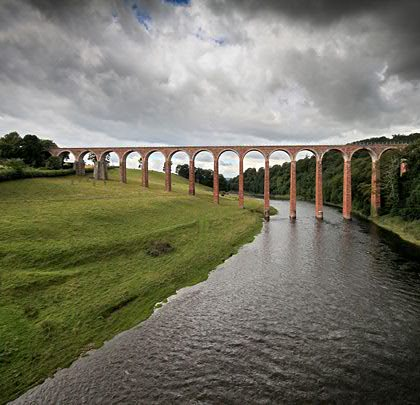
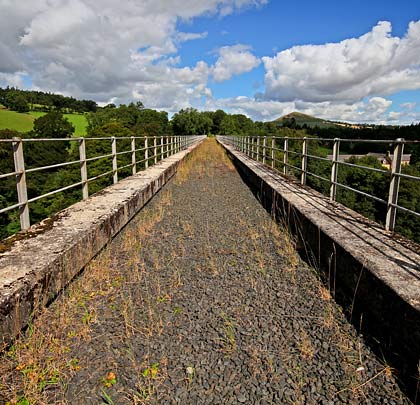
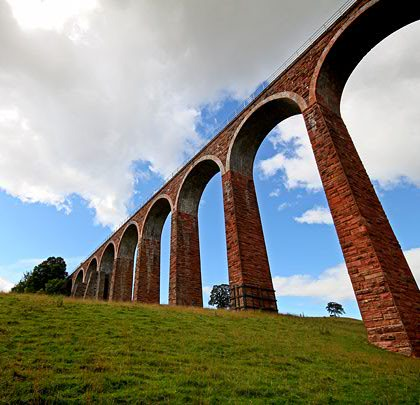
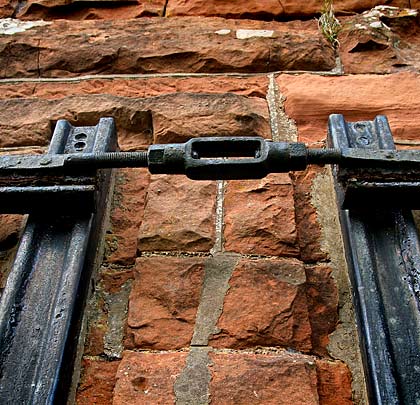
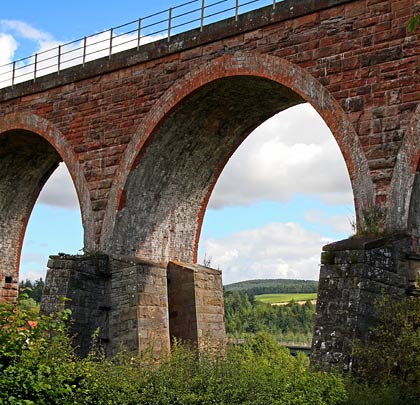
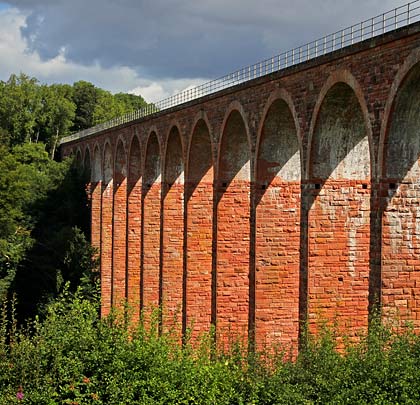
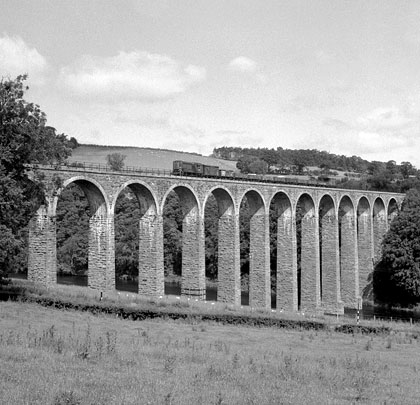
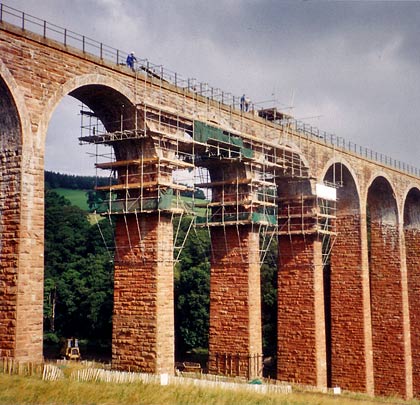
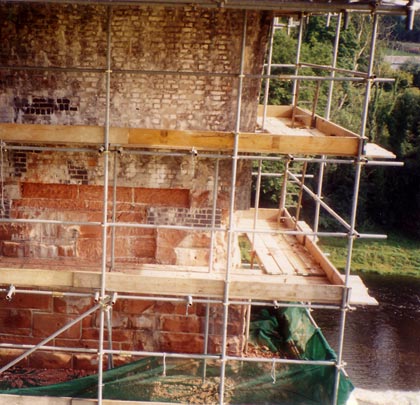
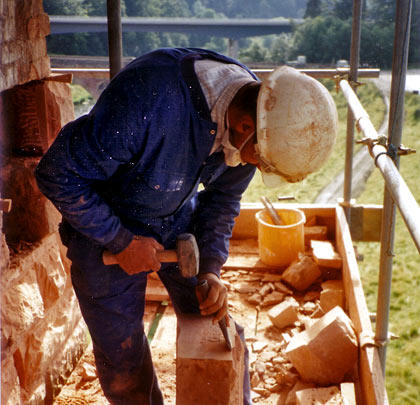
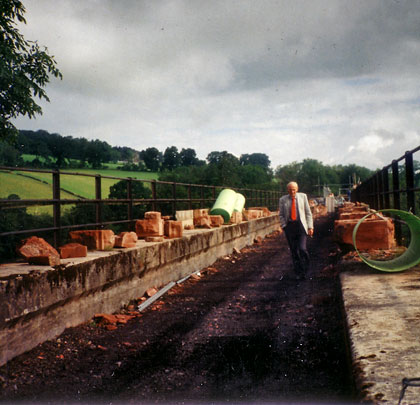
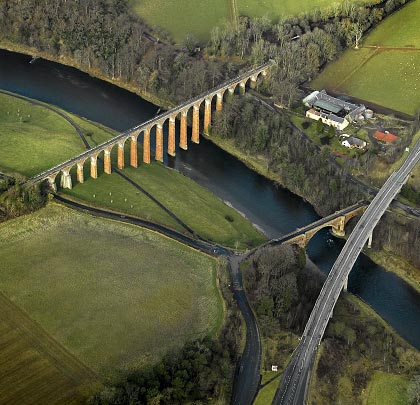












The magnificent Leaderfoot Viaduct was opened in October 1865 to carry the Berwickshire Railway, connecting Reston on the East Coast Main Line with St Boswells on the Waverley. Described as “immense” by Queen Victoria, it was engineered by Charles Jopp and Wylie & Peddie.
The 19 arches – each of 43 feet span – are of brickwork whilst the abutments, piers and walls are built from rustic-faced red sandstone. Towards its southern end, the abutments and piers have been strengthened with bullhead rail and buttresses. This work, carried out by a gang of 30-40 men just six months after opening, was prompted by some of the stonework splintering due to heavily loaded trains crossing.
The railway was severed by flooding during August 1948, after which passenger trains never ran beyond Duns. Freight trains continued to cross the viaduct as far as Greenlaw until 19th July 1965.
With its deteriorating state causing the threat of demolition to hang over it, 1991 saw K & W McDonald appointed to carry out end-to-end repairs. These were co-funded by Historic Scotland, the Railway Heritage Trust and British Rail Property Board as carried out under the auspices of Scotrail’s civil engineer. The loss of the structure’s upper waterproofing course had resulted in long-term saturation with all the stonework and much of the brickwork effectively soaked like a sponge.
The work took a year to complete despite the difficult weather conditions – gusts of up to 60mph made the handling of scaffold poles from a boson’s chair decidedly awkward! Occasionally work had to be suspended.
The restored viaduct is now protected by a Grade A listing.
Although plans to lay a short length of track and place two carriages on it (one to host an exhibition and the other as a tearoom) never came to fruition, there has been talk of including the structure in the local network of footpaths.







